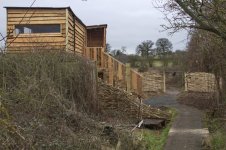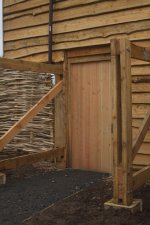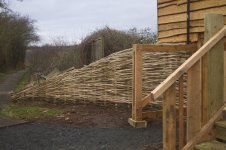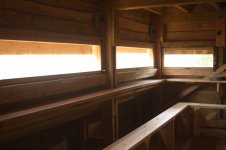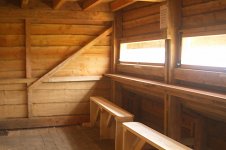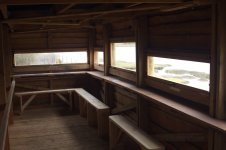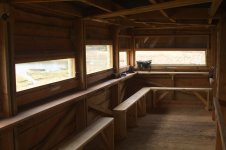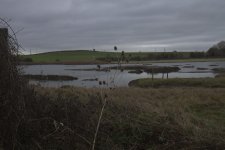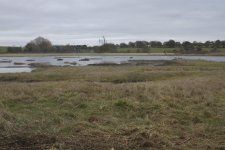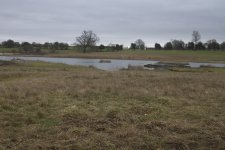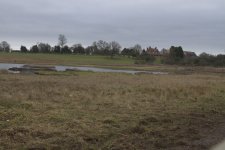Phil Andrews
It's only Rock and Roller but I like it

Little Ringed Plover
LRPs are the traditional vanguard of spring migration at Upton Warren. With records over 33 springs, the average return date is the 20th March. The earliest ever was the 11th March in 1995, 2003 and 2009. The latest return date was the 9th April in 1974.
More telling, the average return date for the first ten years recorded (1970-1989) was the 30th March with the most recent ten year's records (2002-2011) averaging the 16th March.
Did we do an exercise a few months ago linking return dates with previous year's breeding success or was that just for Common Tern?
LRPs are the traditional vanguard of spring migration at Upton Warren. With records over 33 springs, the average return date is the 20th March. The earliest ever was the 11th March in 1995, 2003 and 2009. The latest return date was the 9th April in 1974.
More telling, the average return date for the first ten years recorded (1970-1989) was the 30th March with the most recent ten year's records (2002-2011) averaging the 16th March.
Did we do an exercise a few months ago linking return dates with previous year's breeding success or was that just for Common Tern?




